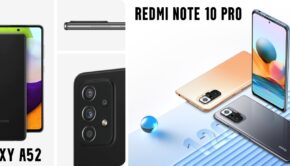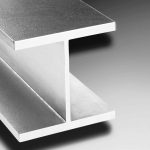Keeping Your Mobile Phone Truly Mobile
We often find the term “mobile phone” rolling off our lips without giving it a second thought; but a phone’s “mobility” surely is meant to convey more than a small, portable size. If your mobile phone’s battery is drained, its screen cracked or its reception poor to non-existent, does it really mean it’s “mobile”?
For your cellphone to fully be functional and protected during your day to day or occasional long-distance travels, your need to maximize its performance with a best-on-market car charger and screen protector and find ways to avoid/overcome weak signal.
You Need a “Super Hero” Car Charger
Forgetting to recharge your smartphone is typical, at least now and then, where you end up running low or out of battery life at work or on the road. And it’s usually in the exact time when you need to make an important call. So, owning a car charger could be as important as keeping your phone itself with you throughout the day.
But to go beyond the basics and enjoy the full capabilities and conveniences of a top-of-the-line car charger, you should consider a 2-port USB car charger like that manufactured by Anker Pakistan.
There are reasons why Anker is already the choice of over 10 million customers and the first-ranking high-end car charger brand in the U.S. Consider the 24 Watts of power that allow you to charge even two tablets or iPads simultaneously, the exceptionally fast recharge time due to Power IQ technology, the included 3-foot micro USB cable, the sleek and slim design, and the helpful LED ring for its usage in dimly lit situations.
Finally, the Anker is fully compatible a majority of smartphones and has multiple high-tech safety features to protect your device against power surges, high/low temperatures, over-charging, short-circuits, over-current flow, and more.
Shield Against “Travel Bumps” With Tempered Glass
Because you’ve invested a substantial amount of money in buying a phone, it should be equipped with the best possible screen protection. Just think about your phone screen being cracked, scratched, or shattered, and you will quickly agree.
There are three major types of mobile phone screen protectors on the market today: PET, TPU, and tempered glass.
PET is a kind of plastic film that provides good scratch protection but does little against impacts. It will stop fingernails from scratching your screen but not much more. And it can also get discolored by exposure to sunlight. TPU is a thermoplastic that adds oil resistance to scratch resistance and can handle mild impacts.
Tempered glass (TG), however, provides multi-layered protection and offers the highest degree of overall protection. TG is shock-absorbent and only up to 3 millimeters thick. If you get a sub-par brand, you might experience fingerprints on the screen protector’s surface and have difficulty with touchscreen operation, but the best brands will pose no such problems.
Tips to Keep Up Your Signal Strength
A recent study examined 26 popular smartphones to see which ones had the best reception, and unsurprisingly, top brands and models like Samsung Galaxy, iPhone, Huawei, LG, Nexus, and Sony Xperia all did quite well.
But weak signals while on the go make your mobile phone virtually useless, so if getting a different phone isn’t the answer, what is?
First, move away from obstructions like walls (try a window or going outside), tall buildings, trees, hills, or other active electronics. Also try going to a 2nd floor or waiting till foul weather passes by.
If that fails, use apps like Open Signal or RootMetrics to find the distance to your carrier’s and its competitors’ nearest tower. Read reviews of real people who have had the same reception problems as you, and find which provider will get you the best decibel level (-50 is full strength; -120 is no strength).







![Fun Facts on Facebook [Infographic]](https://technofaq.org/wp-content/uploads/2017/11/facebook-fun-facts-infographic-150x150.png)







